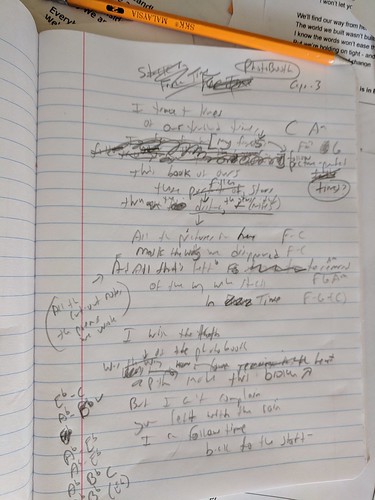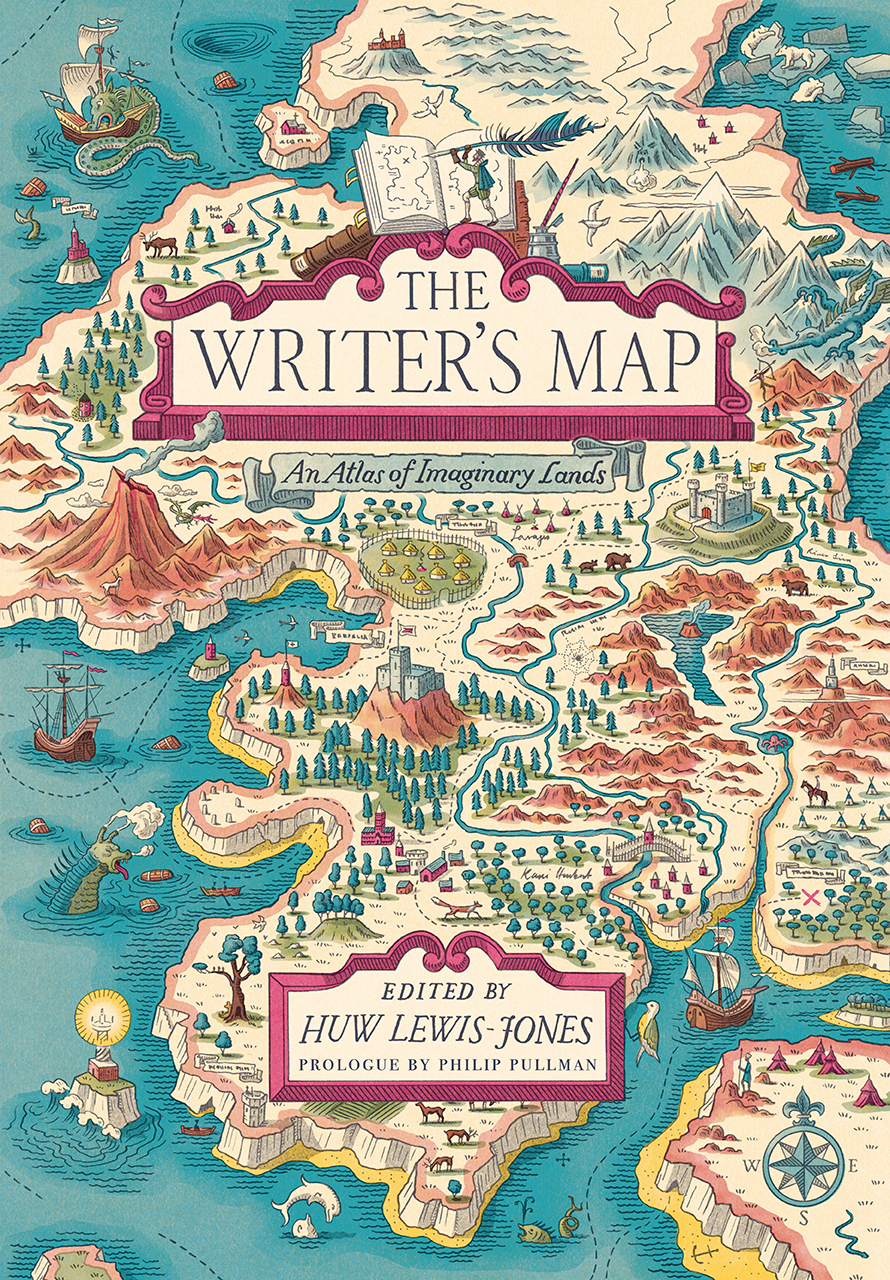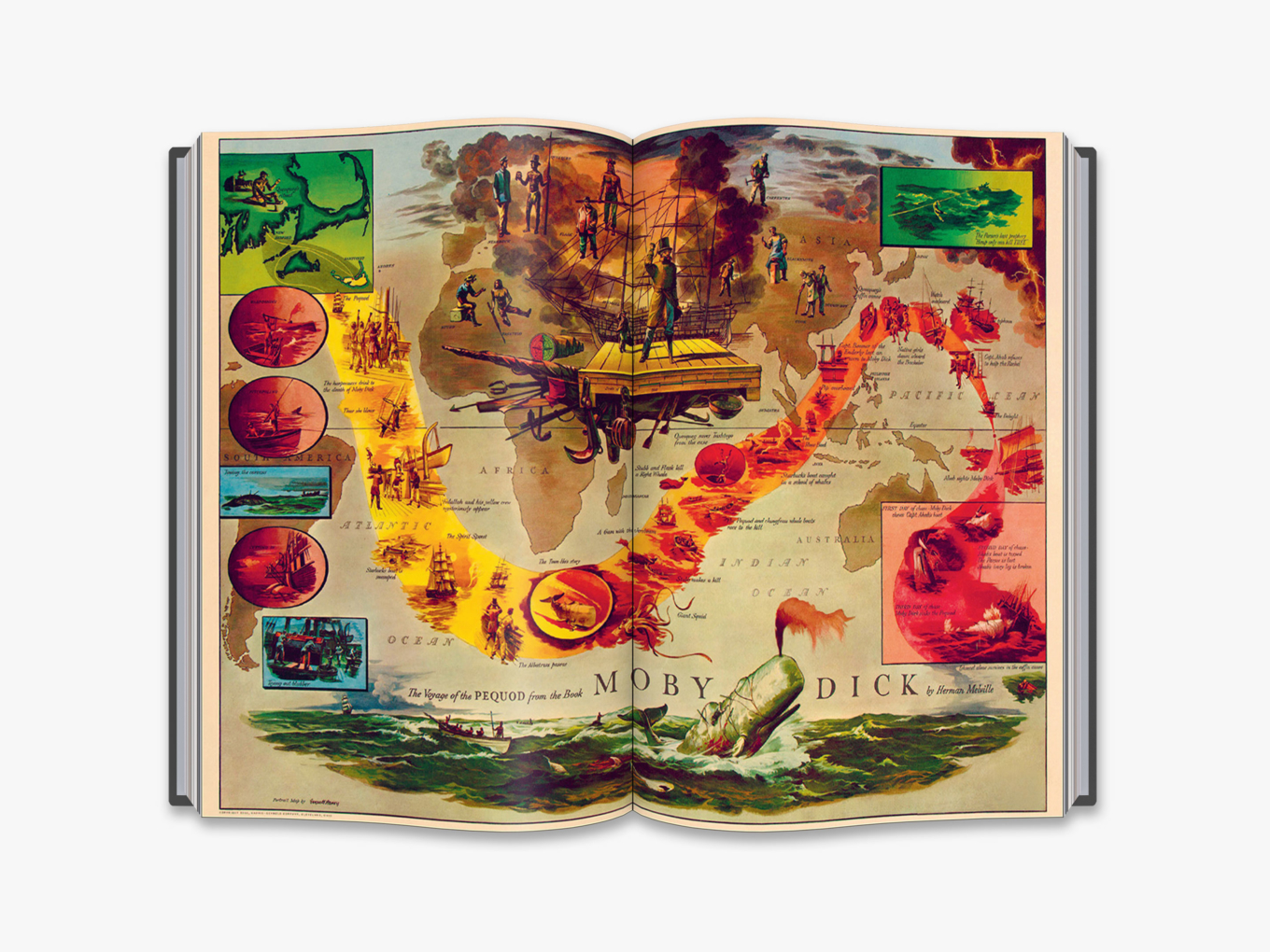
I am just wrapping up (but not rapping up) a fourth round of a inspiring collaborative song project called A Whale’s Lantern, which has roots in the Mastodon federated networking space. In each round, participants are randomly partnered with others, and all pairings are given an overall theme to work with as a connector thread, and then, the partners have extended periods of time (usually a few months) to get creating something.
I have been fortunate in each of my pairings to connect with collaborators who have been easy to work with (maybe this is an inherent quality of those who volunteer for the project and reach the ending point). Although each partnership has had a distinct and different feel to it, and my role has been different each time, each round has really pushed my abilities as a songwriter and musician. In the latest collaboration — the music tracks will be released in a few weeks after they get mastered and gathered and posted at Bandcamp — the overarching theme was “portraits.”
My partner, Bobbus, is someone who I had interacted sporadically with on Mastodon, and I know he is a talented and thoughtful musician. We hit it right off the bat in our emails, both of us expressing gratitude for the chance to try to make music in a different format than we are used to and both of us expressing an openness to try any idea the other pitched, and both of us open to a starting point.
With this mind, I sent forward a song to him that I had started on acoustic guitar after thinking a bit on the theme of “portraits.” The proposed song — Photobooth — captured a pining by the narrator of an old photo album of a relationship that is long since gone to dust. The “portrait” might be a picture taken in one of those box photo booths, where you put coins in and an image pops out.

Bobbus thought the song could work for us (although we were both open to starting over if it didn’t), and the chart/map/graphic at the top of the post here shows some of the ways the song was woven over a few months time, particularly as he used his skills as a sound engineer and solo guitarist to create the song’s sonic landscape, adding unexpected (to me) chord changes and suggesting other parts to break up what began as a pretty traditional pop song of verse/chorus.
On a technical note, we used PCloud storage as a way to share many audio files back forth. I would send him raw music that I was making and he would do rough mixing, and share it back, asking for comments and feedback, and so the revisions would flow. We also used a writing app called Turtl for sharing written notes, lyrics, chord changes and more. I was not familiar with either of those platforms, so it was interesting to try to collaborate with different technology tools. Both worked just fine for us.
My challenge with the recording process, as it is always, was with the vocals, and he did as much he could with effects to make my voice work for the song, although there are points where .. well… I’m not sure I hit the notes I wanted to hit. I did like the way he created the ending section, where I recorded three saxophone parts that he mixed under his guitar … there’s a sense of the world kind of coming apart that works well with the song’s theme itself.
I am grateful and appreciative of Bobbus as a musical partner and collaborator, and for the chance to make more interesting collaborative music and art with the Whale’s Lantern community.
Anytime anyone has the opportunity to make something out of nothing — to pluck melody and harmony and rhythm out of thin air and transform it into something that someone else might hear and maybe even appreciate — particularly when this magic is done with someone from somewhere else in the world connected only by a federated space, is a cause for celebration, and experiences like A Whale’s Lantern provide a powerful counterpoint to so much of the failure of other networking spaces to live up to the promise of a world made better by connections.
Peace (inside the booth),
Kevin











